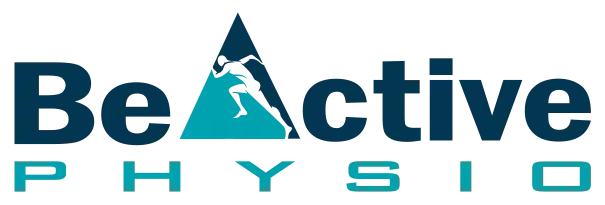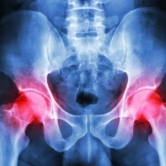Living the Persistent Back Pain Blues? Try Changing Your Posture!
Improve Your Posture and Relieve Your Pain with Physiotherapy! Most people are unable to sit and stand up straight. As adolescents, many of us can recall our parents and teachers telling us that good posture was the secret to good health later in life! We all rolled our eyes back…




